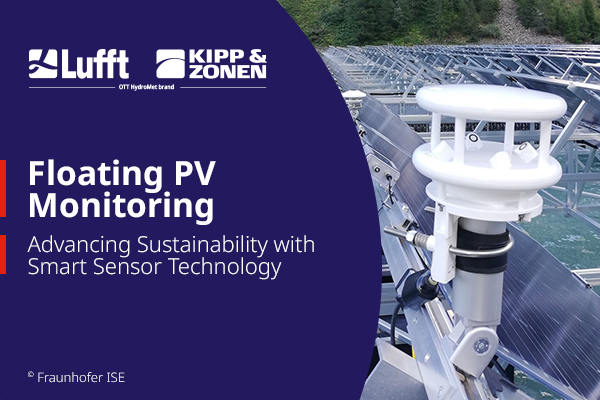It’s cold outside and the roads are slick. High time to raise the winter tires. But what is the difference between summer and winter tires and are there are still better ways to protect yourself from accidents on ice?
It’s cold outside and the roads are slick. High time to raise the winter tires. But what is the difference between summer and winter tires and are there are still better ways to protect yourself from accidents on ice?
Basically it can be said: Summer tires are not suitable for low temperatures, snow and ice. They are all set for the summer. In the summer we usually drive on dry roads at high temperatures. Summer tires are best suited for this weather. Their soft and flexible rubber penetrates the surface structure of the asphalt and ensures the best grip. In case the temperatures fall exact the opposite happens. Since the rubber compound of the tire is very sensitive to cold, it hardens and prevents the tire to connect to the street. As a result, the car loses adhesion to the road and it becomes a slippery slope.
The rubber compound of winter tires is compiled so that it even at low temperatures it remains soft and flexible. But in addition to the rubber compound also the profile is of importance. Summer tires have a rough profile. Winter tires, however a fine, with so-called lamellae. These are fine zigzag sipes in the tread blocks. Thus they interlock with the snow and offer good support. This creates safety in winter. But why not use winter tires in the summer then? Then it is exactly the reverse. The rubber changes its structure so that it does not provide optimum grip on the road. And the all-season tires? Experts warn that this is a bad compromise. Tests have shown that with these tires, both in summer and in winter, cars come to a halt later.
It is therefore ideal to go from October to Easter with winter tires. It is even better, however, if the road informs the driver of blue ice in time. This is made possible by road sensors like the ones by Lufft. For example, the non-invasive road sensor NIRS31-UMB or smart road sensor IRS31-UMB. The latter is mounted flush into the street. The two-piece housing design allows the combined sensor and electronics to be exchanged at any time for maintenance or calibration. The following quantities are recorded: Road surface temperature, water film height, freezing temperature and the road condition (dry, damp, wet, ice or snow, residual salt, freezing rain). These sensors can be networked and the measurement data is available digitally for further processing. Thus, drivers are already informed about ice or aquaplaning at an early stage. In combination with the right tire that is the highest level of security.



